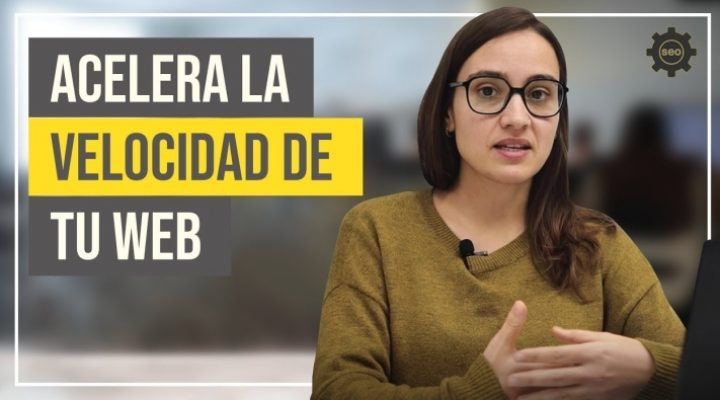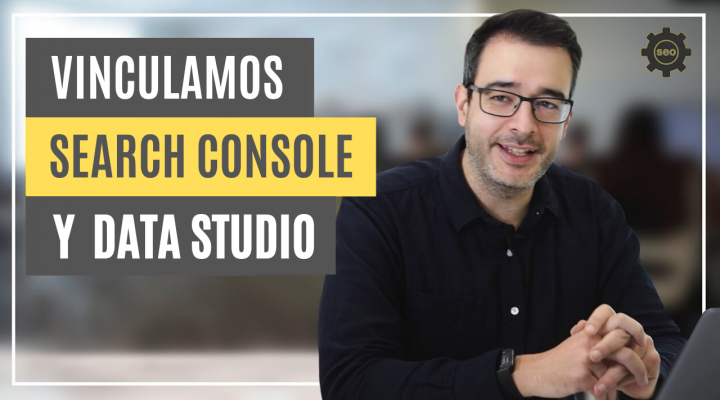We have had the immense pleasure of interviewing Esteve Castells, Global SEO Manager at Adevinta. The company umbrella of the following websites:
– Fotocasa.
– Habitaclia.
– Infojobs.
– Coches.net
– Motos.net
– Milanuncios.
– Vibbo.
Pau Alpuente, CEO and Cofunder of Elabs Consulting, and Esteve Castells expose us his view on some of the concepts are very interesting to understand the current trends of digital marketing.
P. Alpuente – I think Google has changed a lot the way we understand and crawlear web. I would like to know what you think you about it.
E. Castells– Totally agree. Around the turn of the Mobile starts with the announcement of Mobile-First Index that made Google a couple of years ago. We commented that, in principle, in February of the next year, was going to crawlear all websites with a device to Mobile. It is a change that makes sense; if the majority of users surf in the Mobile version, why should Google to crawl the internet with a device on the table.
P. Alpuente– How do you see this as Google is crawleando now the webs? What more or less often?
E. Castells– Depends a little bit on the size of a web site. I think that Google is still doing the crawl in similar ways. What I have been noticing in the last year is that every time Google is more selective with what indexes in your browser. Have enough sense also; as clean as is the index less cost of servers, and makes it easier for them to give more relevant results because there is so much page a low quality.
P. Alpuente– You have made a very interesting observation. I agree that Google is still willing crawlear everything, but for me that has changed the way of doing this depending on the characteristics of the information.
E. Castells – Yes it is true that the Long Tail still very relevant, and Classifieds we have this problem. These limited by your own content, which is obsolete many times. A piece of furniture has a life cycle and sold sooner or later. That makes the ad and the URL for the result disappears. The strategy of the landing is very much tied to indexing listings. The challenge is that many times there are cases in which there is not much inventory in certain populations or in certain permutations of the taxonomy.
P. Alpuente– Does this type of listing how you work? I think that it is very important to decide whether it is indexed or not, what happens with the Thin Content, and how you have to go to maintain.
E. Castells – We only work listings to be able to search for the users of Google, limited a lot of the type of listings we index.
P. Alpuente– What a view automatically?
E. Castells– We do not usually work as automatic, but we do have detected search patterns of users. For example, we know that the users can search up to a level of neighbourhood within a population, but may not seek from one price to another price. Then the filters price ‘up to X money’ is not what we index.
Going back to what we were saying how we generate listings, that is, understanding the web site and working capacity of these landings. There are two things that work well in the Long Tail: the first, is to show things in a ratio close to the population in which we are, and second, to add properties that are already sold within the listing. Help us to have a content that's relevant to have a history of prices, and for the SEO.
P. Alpuente– You can get to using a home that is no longer active because it has been sold. Then, do a full listings of these homes or in use, to generate statistics and information to add to this list?
E. Castells– Would be a little of both. We offer to the user the historic floors so that he can do what he wants with this information, and also helps us not be so Thin Content in this page.
P. Alpuente– What I think it can work very well is to detect that this floor is back on sale, or rental, and take advantage of the URLs. What do you think about this?
E. Castells– Could be a good tactic no doubt. In the end the important thing is that you can keep the landing active and that the user experience is the best possible.
P. Alpuente– What do you think of linking the internal and the value that it currently has?
E. Castells– Probably at the level On Page is the most important factor for me.
P. Alpuente– ¿You consider that have to be fixed internal links?
E. Castells– It depends on the case. Do system of bound internal dynamic is a bit complex, since that requires considerable technical effort to do it well. In our case, we have a few automated systems, other more static, and each one has its pros and cons. A system dynamic linking allows you to add new pages with greater ease, but a static system allows you to have a better control.
P. Alpuente- To conclude, I would like to ask one last question. With the pandemic that we have and the fact that we cannot compare the trend in the past year, how do you understand whether the sites are growing as they should today?
E. Castells– This is a great question. The historic this year does nothing to make comparisons, since march, the 99% of businesses affected by the pandemic, and that means that the traffic is not a good metric to keep in mind. The easiest thing to measure, when you cannot look at the traffic, is to look at the positions in the results pages of Google. If improvements in positions, you're improving visibility.
P. Alpuente– Very well Esteve. Thank you for being here with us today.
E. Castells– Many thanks, Pau. It has been a pleasure. Very interesting topics that give to several hours of debate. I'm so glad that I do a guest and a pleasure.

